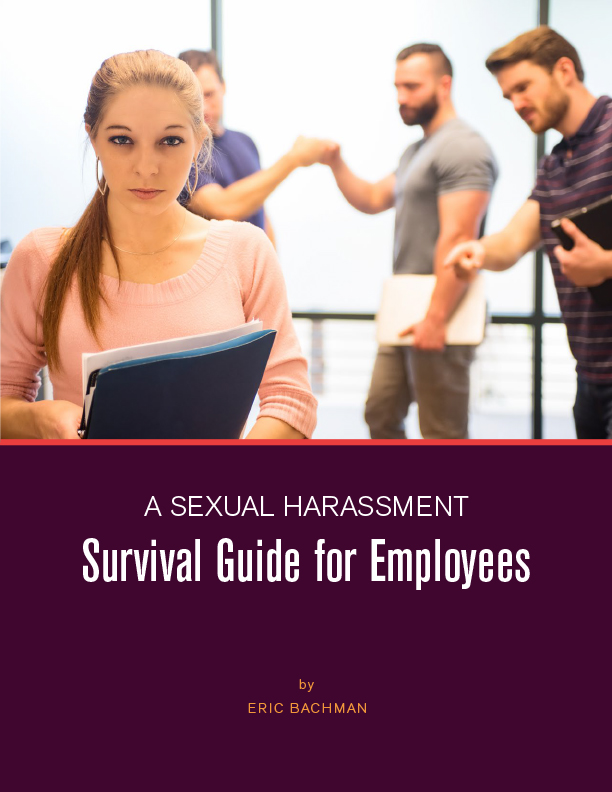How do I prove a hostile work environment?
To prove a hostile work environment claim, an employee must prove that the underlying acts were severe or pervasive. To determine if the environment is hostile, the courts consider the totality of the circumstances, including the conduct’s severity. Severe harassment includes physical touching, implicit physical coercion, extreme language, or obscene behavior.
The harassment must be both unwelcome and offensive to you, as well as being objectively offensive (meaning that a reasonable person would find the harassment hostile and abusive).
To determine whether harassment violates the Age Discrimination in Employment Act (ADEA), courts consider the following factors:
- the frequency of the discriminatory conduct;
- its severity;
- whether it is physically threatening or humiliating, or a mere offensive utterance; and
- whether it unreasonably interferes with an employee’s work performance.
Talk with an age discrimination lawyer to maximize your potential damages. If you have experienced workplace discrimination or whistleblower retaliation, call us at (202) 769-1681, or start your preliminary consultation online

Ebooks

A Sexual Harassment Survival Guide for Employees
Latest From The Glass Ceiling Discrimination Blog

Proving workplace harassment: the key rule that lets you use years of evidence
Workplace harassment and hostile work environment claims—especially sexual harassment and racial harassment—can be tough to prove. They become even harder when serious incidents happened more

Discovery 101: What to expect in your employment discrimination or retaliation case
You’ve filed a discrimination or harassment lawsuit—now what? The next phase, discovery, is where the real battle begins. It’s often the most time-consuming part of

Hidden risks in executive severance/settlement agreements: read before you sign
Leaving a job is a major transition. Sometimes it’s planned, sometimes it’s sudden, and sometimes it follows a conflict—like a discrimination or retaliation complaint. Whatever